The Last of Us 2 is one of the best video games ever made — but season 2 of the HBO show is getting it all wrong
'The Last of Us' season 2 has me increasingly disappointed
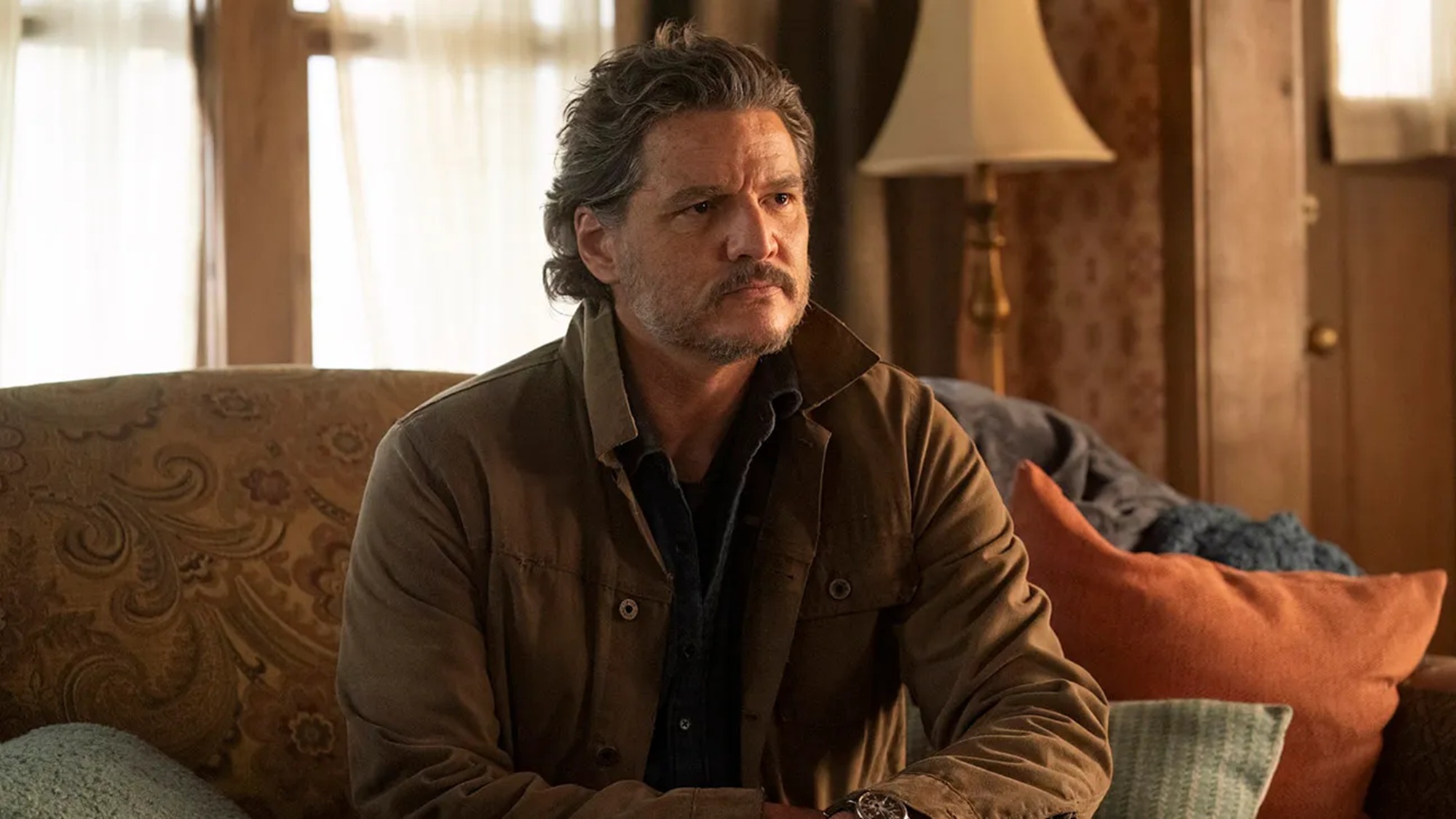
I love The Last of Us Part 2. I loved it in June 2020 when I played it for the first time at launch. I loved it more when I replayed it in 2021. And returning to its harrowing world via The Last of Us Part 2 Remastered, on PS5 in 2024 and Steam Deck OLED this year, has only served to solidify it as one of my favorite video games of all time. It might even rank in the top spot.
I also really enjoyed “The Last of Us” on HBO, and named the first season (which covered the events of the first The Last of Us video game) the best video game adaptation ever. I should also adore “The Last of Us” season 2, considering it’s adapting what I believe to be even stronger source material.
And yet, four episodes into the popular HBO show’s much-anticipated return, I’m becoming increasingly frustrated. It’s not that “The Last of Us” season 2 is bad per se. In isolation, it’s prestige television at its most … prestigious. But as somebody who holds the game series close to their heart, I’m becoming ever more annoyed at the sheer number of changes.
I understand it’s an adaptation for an entirely different medium, some things will be different, as they were in season 1, but the fundamental issue this time around is almost none of the changes (and some are substantial) are serving to tell the story in a more interesting, or more engaging, way. Instead, they’re taking a story I love and making it much worse.
Spoilers for "The Last of Us" season 2 and The Last of Us Part 2 follow.

Going off script
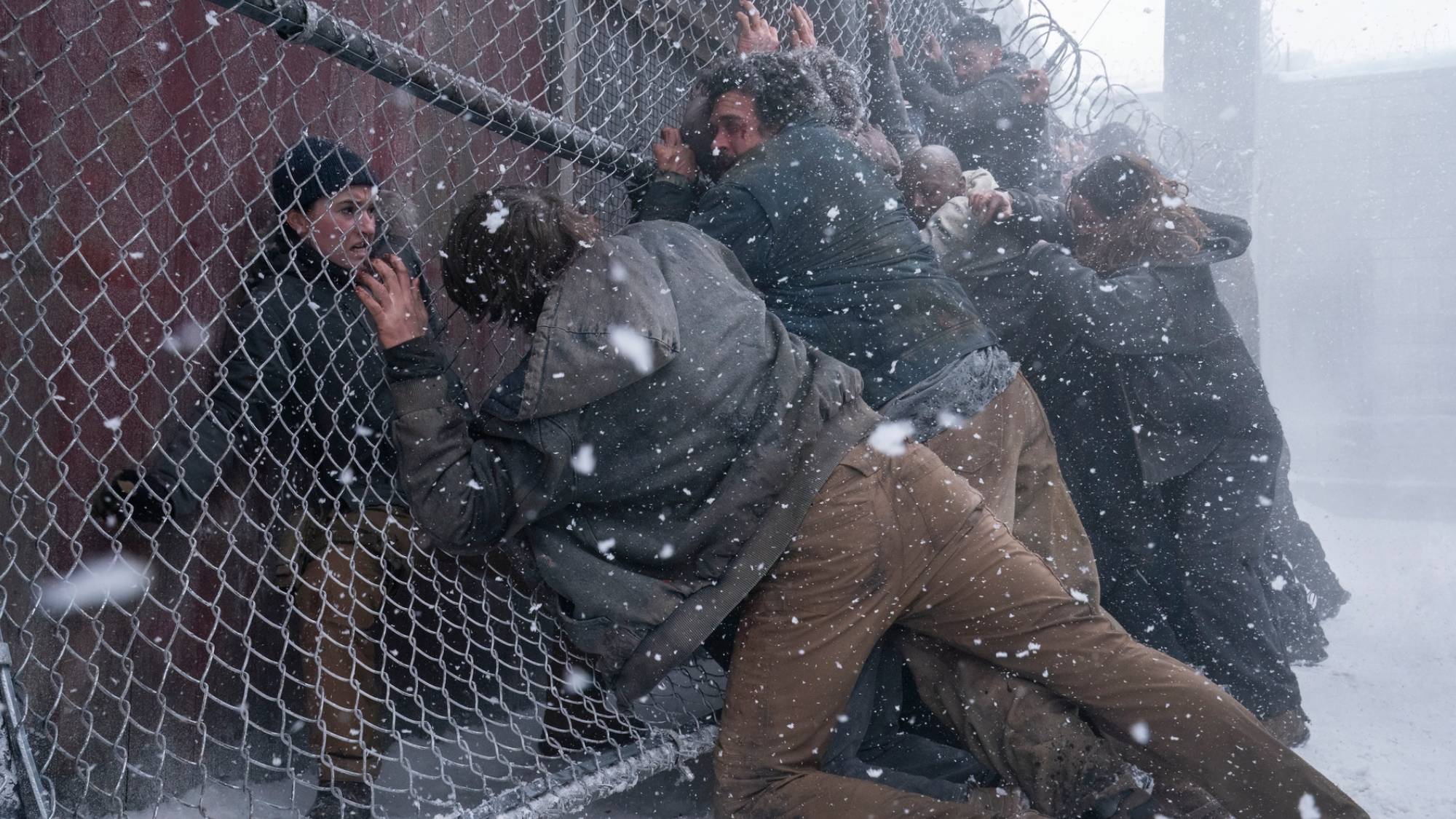
“The Last of Us” season 2’s premiere kept the same high standard up from the first season, yes, there were changes to the way things play out in the video game, but they were minior, and for me, made sense within the context of TV and video games being different animals.
It was episode 2, “Through the Valley,” where my alarm bells started ringing, and that harsh noise has only gotten louder ever since. Let’s address the bloater in the room first: The showpiece siege of Jackson was a highlight moment for many viewers, including some of the Tom’s Guide staff members. But I couldn’t help but feel it added little beyond spectacle.
In the video game, Jackson remains an unbreached safe haven, whereas in the show, we see it overrun by rabid infected, with the town suffering significant casualties. The cynic in me feels like this blockbuster siege was added merely as an oversteer to address the complaints of “not enough zombies” that plagued the show’s first season.
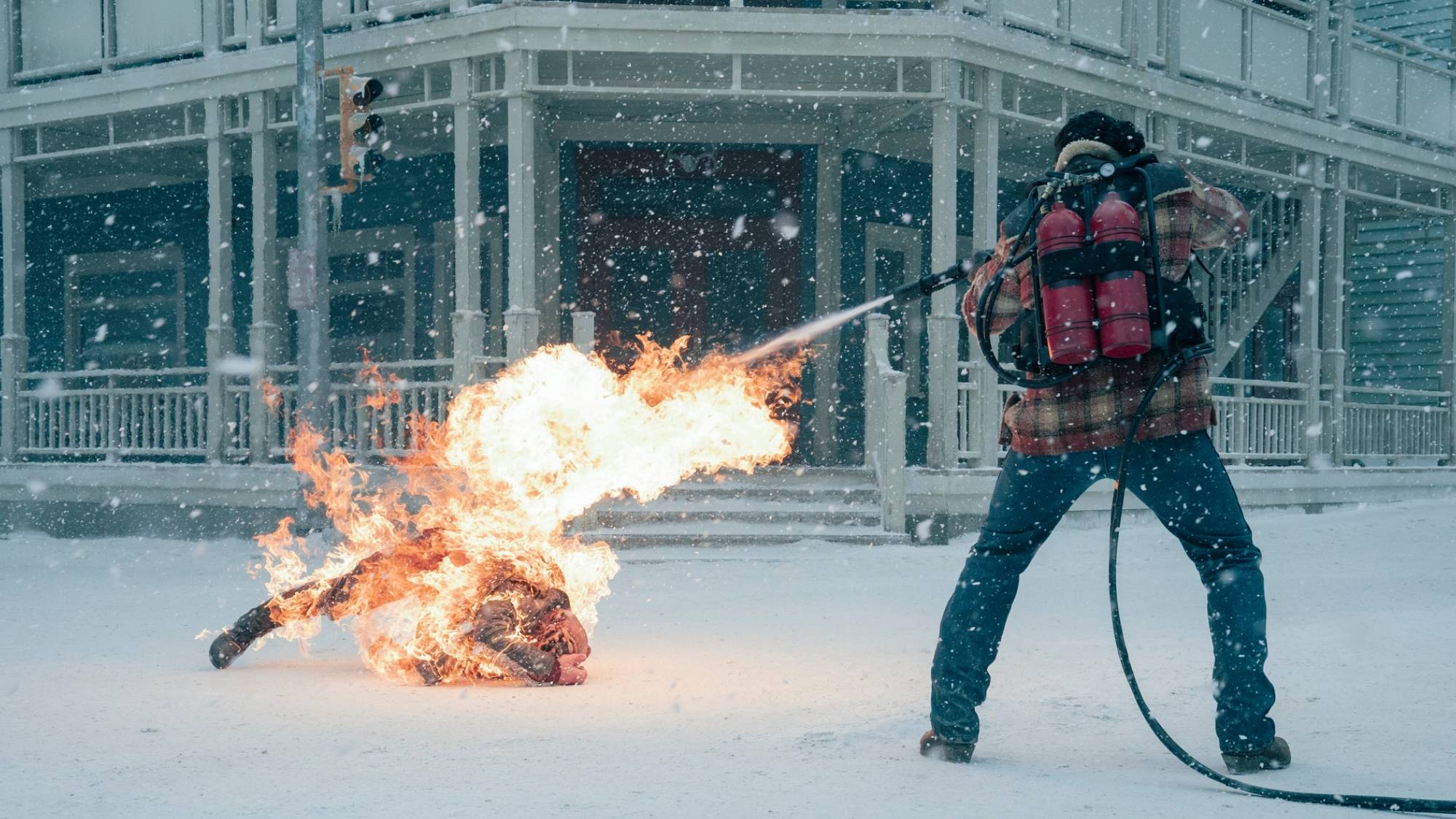
From my perspective, it served little narrative purpose, and the subsequent episodes, which include a three-month time skip, have made the fallout basically a non-event.
Now that the action has shifted to Part 2’s central setting of Seattle, the entire siege sequence basically amounts to little more than some cool shots for the trailer and some flattering comparison to "Game of Thrones'" iconic Hardhome battle scene. Oh, and I guess it swelled the budget.
Away from Jackson, the show also butchered the game’s most (in)famous moment: the brutal death of Joel. Even putting to one side the bizarre decision to stage it in a brightly lit and very airy room, rather than the dank and claustrophobic basement setting of the game, episode writer Craig Mazin (also a co-showrunner) made some truly baffling decisions.
By having newcomer Abby (an excellent Kaitlyn Dever) spell out her backstory and motivations before proceeding to beat Joel to death with a golf club, viewers have been robbed of any mystery surrounding the character. In the game, finding out why Abby killed Joel feels like just as much motivation for Ellie’s revenge mission as settling the score.
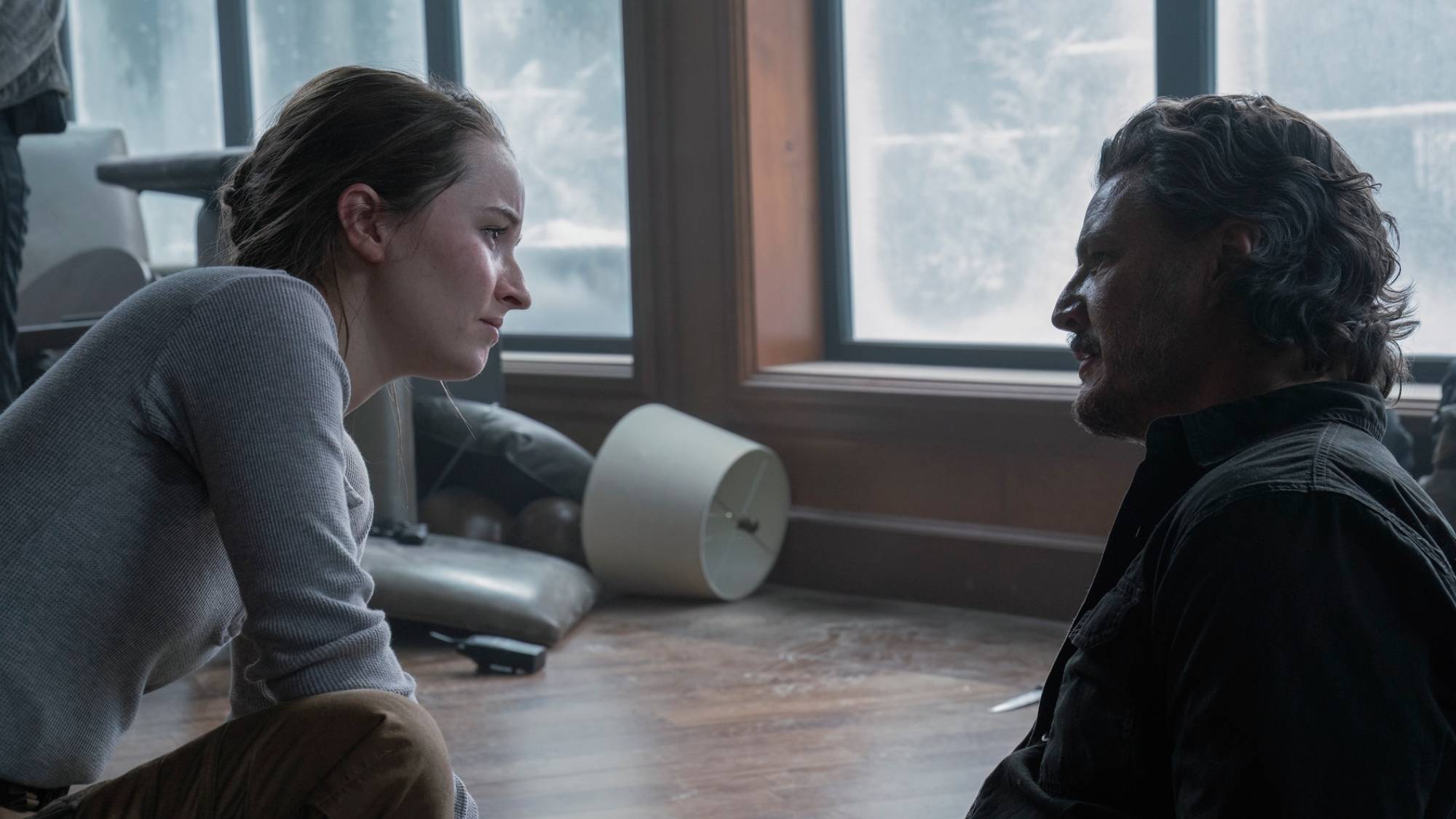
In the world of the show, there is no mystery; we know who Abby is, and we know why she obsessively pursued and brutalized Joel. There is nothing to discover anymore. It’s all just a countdown to the inevitable confrontation between Abby and Ellie. The whole thrust of Part 2’s first half has been lost in an apparent effort to spell things out immediately to viewers.
Plus, reworking Joel’s most memorable line from the game (“Why don't you say whatever speech you got rehearsed, and get this over with.”) to something comparatively weaker (“shut the f**k up and do it already”) is a small sin, but one that I’m frankly still salty about.
It’s only getting worse
Episode 2 is currently the show’s highest-rated episode on IMDb, so I was willing to accept that I was making a mountain out of a molehill with my grumbles over the changes and just roll with things, but the alterations have only become more head-scratching ever since.
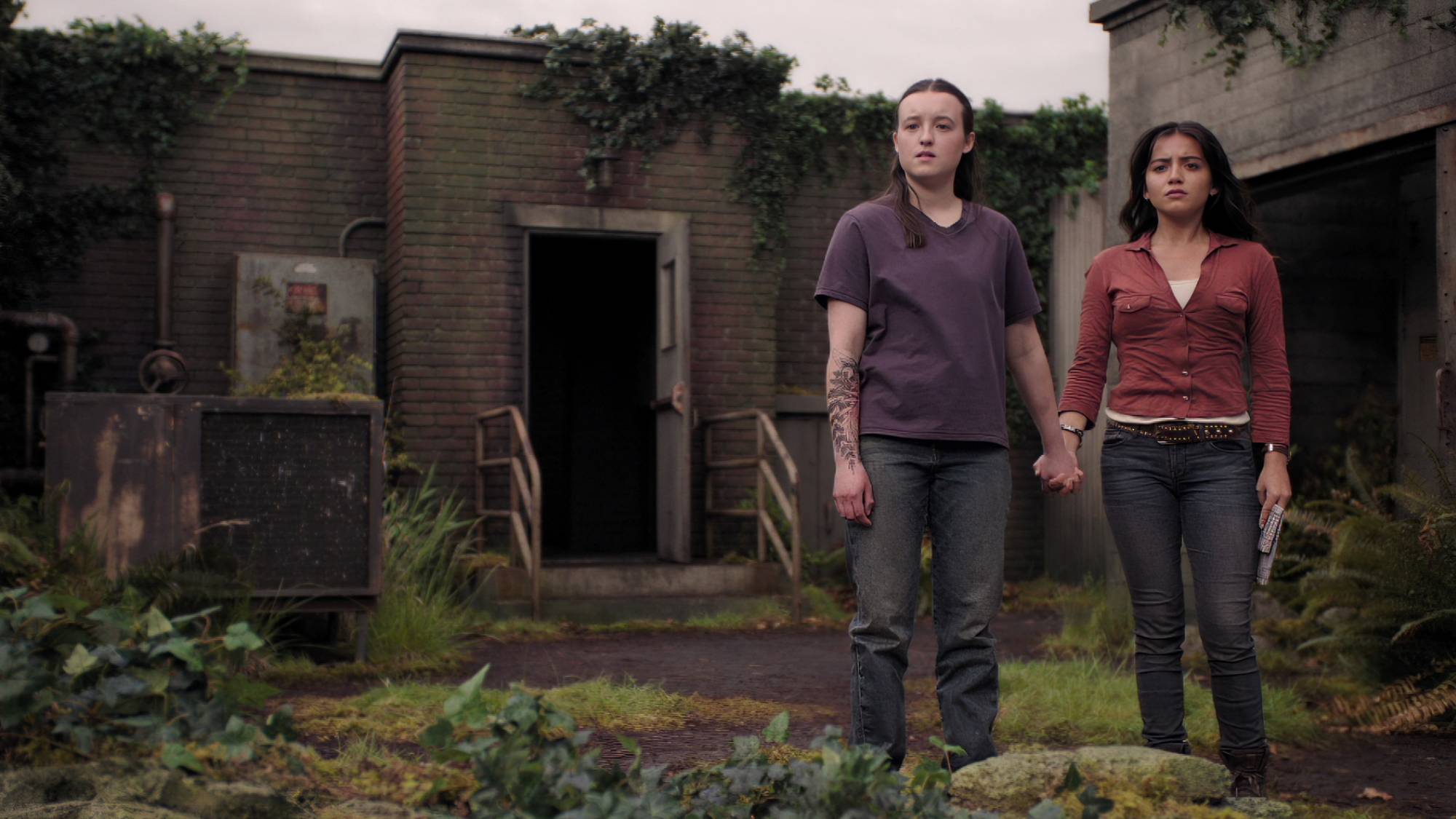
The relationship timeline of Ellie (Bella Ramsey) and Dina (Isabela Merced) has been shifted to have them profess their mutual attraction after they arrive in Seattle to hunt Abby and her co-conspirators, which has only served to blunt Ellie’s fantastic character arc in the game.
For example, in the game, when Dina reveals she’s pregnant, Ellie reacts with hostility; she's furious that Dina will be a “burden” to her mission to avenge Joel. In the show, it becomes a moment of celebration as she quips, “I’m gonna be a dad,” and the two consummate their romance. It cheapens what is supposed to be Ellie’s spiral into a very dark place.
In the show, the decision to travel to Seattle feels less like the rash call made by somebody blinded by fury and hatred, and instead, a fun excursion for two young lovers.
That’s not to say the show can’t make changes, but these changes should be for the better or in service of the larger story being told, and so far, precious few of them appear to be doing that.

There’s also a litany of other changes that haven’t quite sat well with me, from the fact Ellie has seemingly revealed to Jesse (Young Mazion) that she made up with Joel the evening before this death — which will rob the show of the game’s ultimate moment of catharsis — and the inclusion of new character Gail (Catherine O’Hara) whose appearance has done little more than spell out character motivations that are blindingly obvious in the first place.
How faithful is too faithful
My increasingly negative takes on “The Last of Us” season 2 have sparked something of a debate with the Tom’s Guide team. Exactly how faithful an adaptation should be has become a fiercely debated question, and I’m a little surprised how wide-ranging the answers have been.
While I acknowledge that a TV take on a video game will by necessity rework parts of the source material, and I appreciate the broad strokes are being kept in tact (fortunately, the rumors that Joel’s death would be removed or significantly delayed were indeed false), I believe that any changes need to justify themselves. Not just be changes for the sake of it.
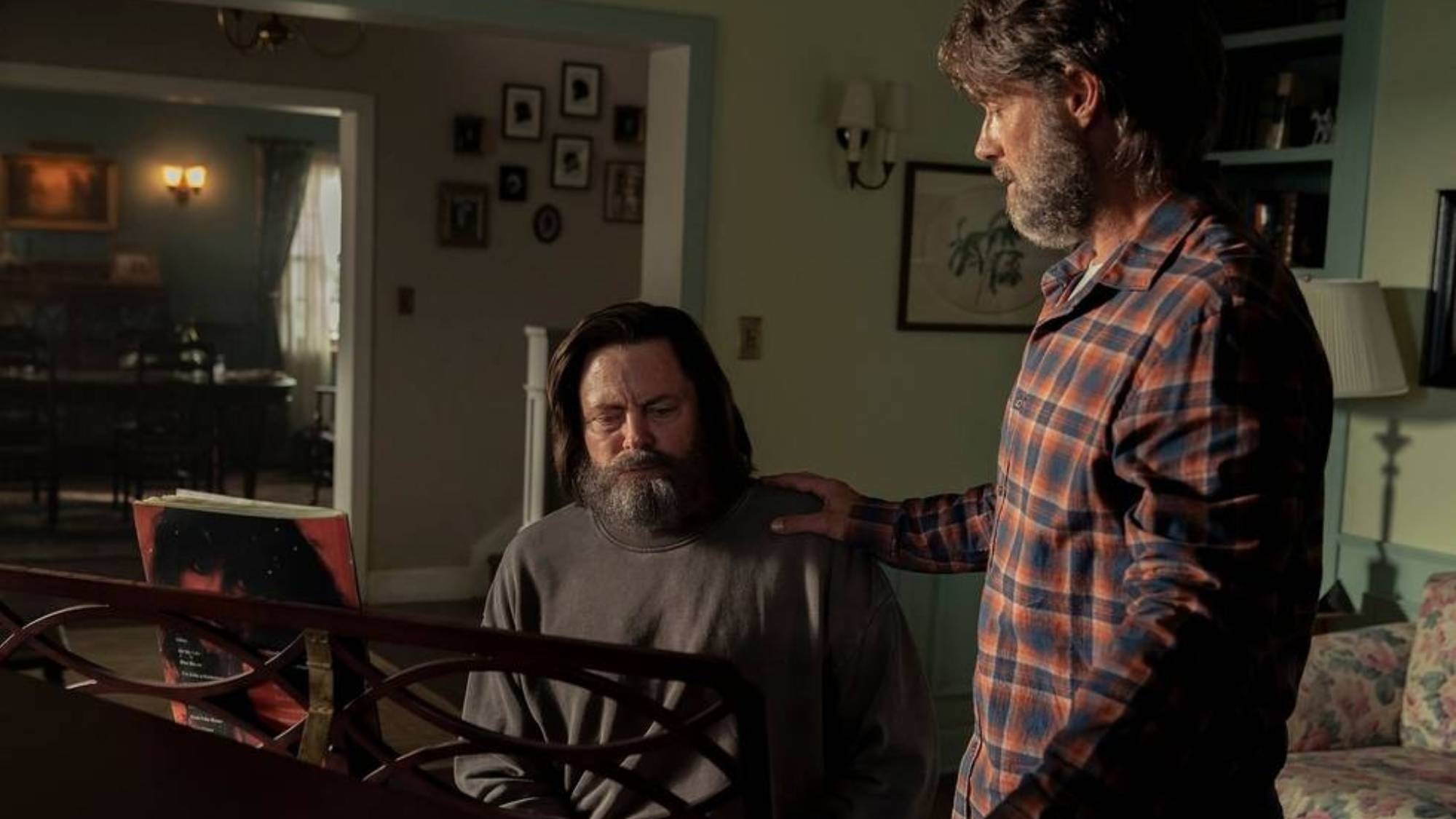
Take “The Last of Us” season 1’s most celebrated episode, “Long, Long Time,” This was a ground-up reworking of the character of Bill (Nick Offerman), more significant than any changes made so far in season 2 to The Last of Us Part 2’s story. And I loved it.
Why? Because it was a change for the better that added so much emotional depth to a bit part player in the original game. It was a prime case of a change that made the world of "The Last of Us" that much richer.
If the tweaks to the story seen so far in “The Last of Us” season 2 had a similarly positive impact, I’d be onboard with them. But at present, I feel like we’re being presented with a significantly weaker version of Part 2’s story, which is hardly a compelling reason to keep watching.
If I wanted to consume a worse version of Part 2's story, I could just read the awful fan fiction already online from fans who were so bitter about Joel’s death that they tried to rewrite the game to suit their own preference.
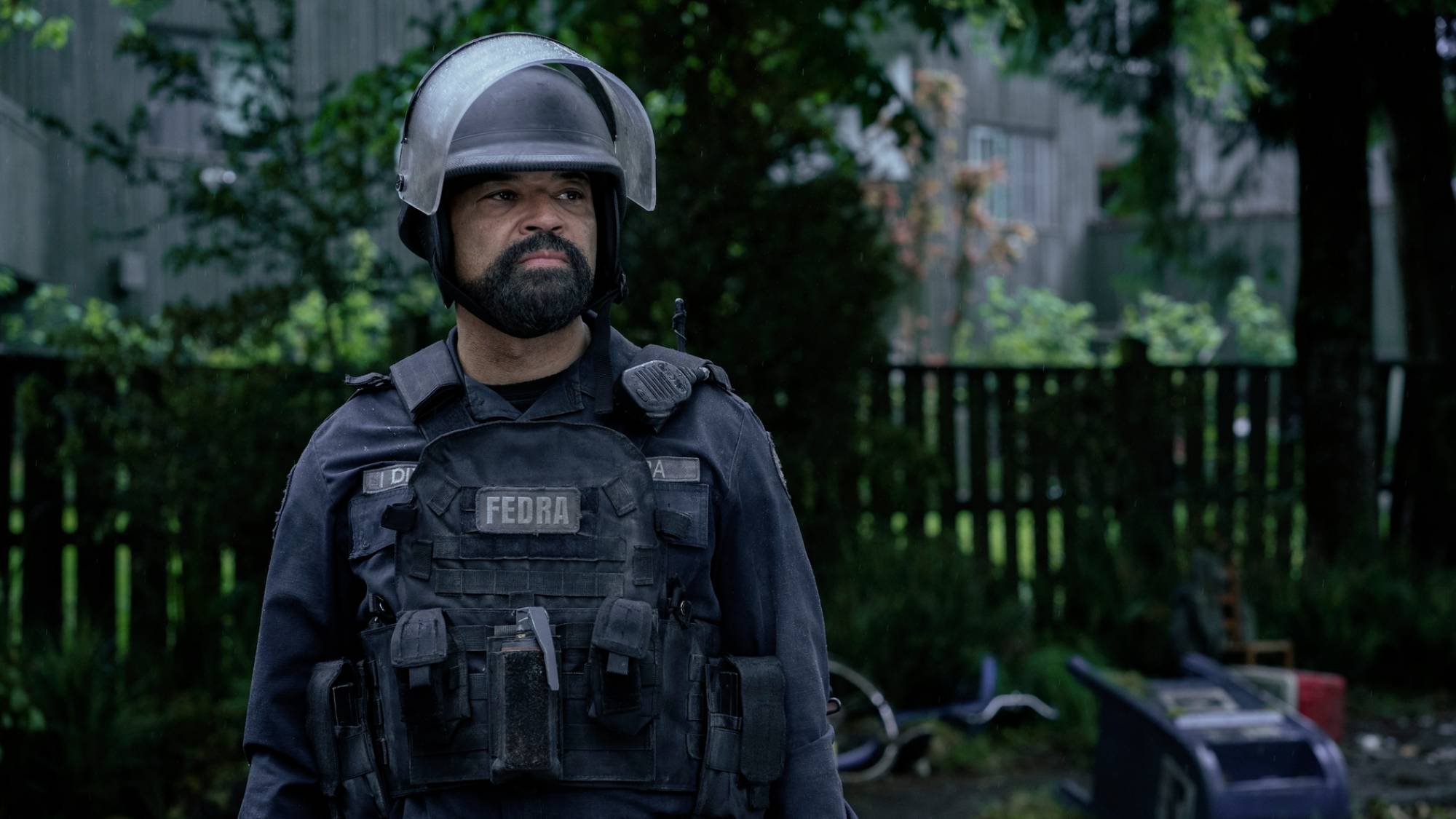
The show can still make positive changes. Episode 4, “Day One,” giving us more time with WLF leader Isaac (Jeffrey Wright, reprising his role from the game), is one such example. But when so many of the additions, both big and small, feel like subtractions, it’s getting increasingly hard for me to see the positives in a show I was previously super excited about.
In all this consternation about storyline alterations, I've not even touched upon some of season 2's larger issues, like the very wonky pacing. Spending three episodes (almost half the season) in Jackson appears increasingly ill-judged.
While I can appreciate the need for setup, taking so long to get Ellie (and Dina) to Seattle has resulted in a season now beyond the halfway point, but only just leaving the starting grid. At the current pace Part 2's story is being adapted, we're going to need about four seasons to get through to the game's climax.
The ends justify the means
Before concluding this increasingly lengthy ramble, I feel it’s important to acknowledge two key potential rebuttals to my complaints.
Firstly, I am absolutely aware that I’m extremely close to The Last of Us Part 2. The game took on a special significance in my life when it launched during a particularly difficult period for lots of people (I’m sure you don’t need reminding why 2020 was a rough year for many). I'm very protective of it.
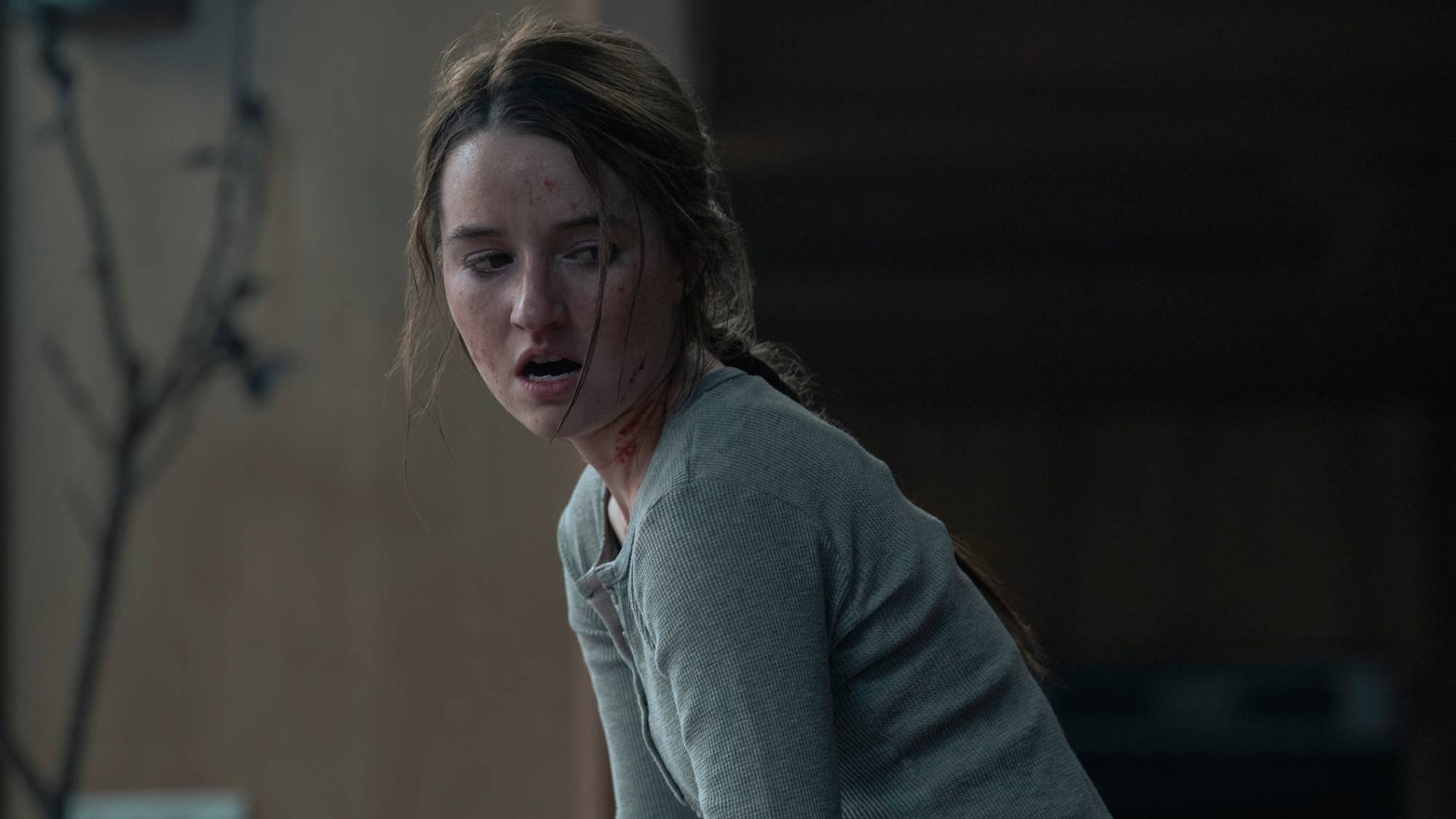
When you have such a fondness for a source material, you’re going to be more critical in general, and there is likely an element of me merely wrinkling my nose at any changes. To non-gamers, these "issues" might not even register.
Secondly, “The Last of Us” season 2 is four episodes into a seven-episode run, with this adaptation of the Part 2 game already confirmed to span more than a single season. There is, of course, still time for things to come together, and for the additions like the attack on Jackson and newcomers like Gail to become relevant and play a major (and satisfying) part in the show’s end game.
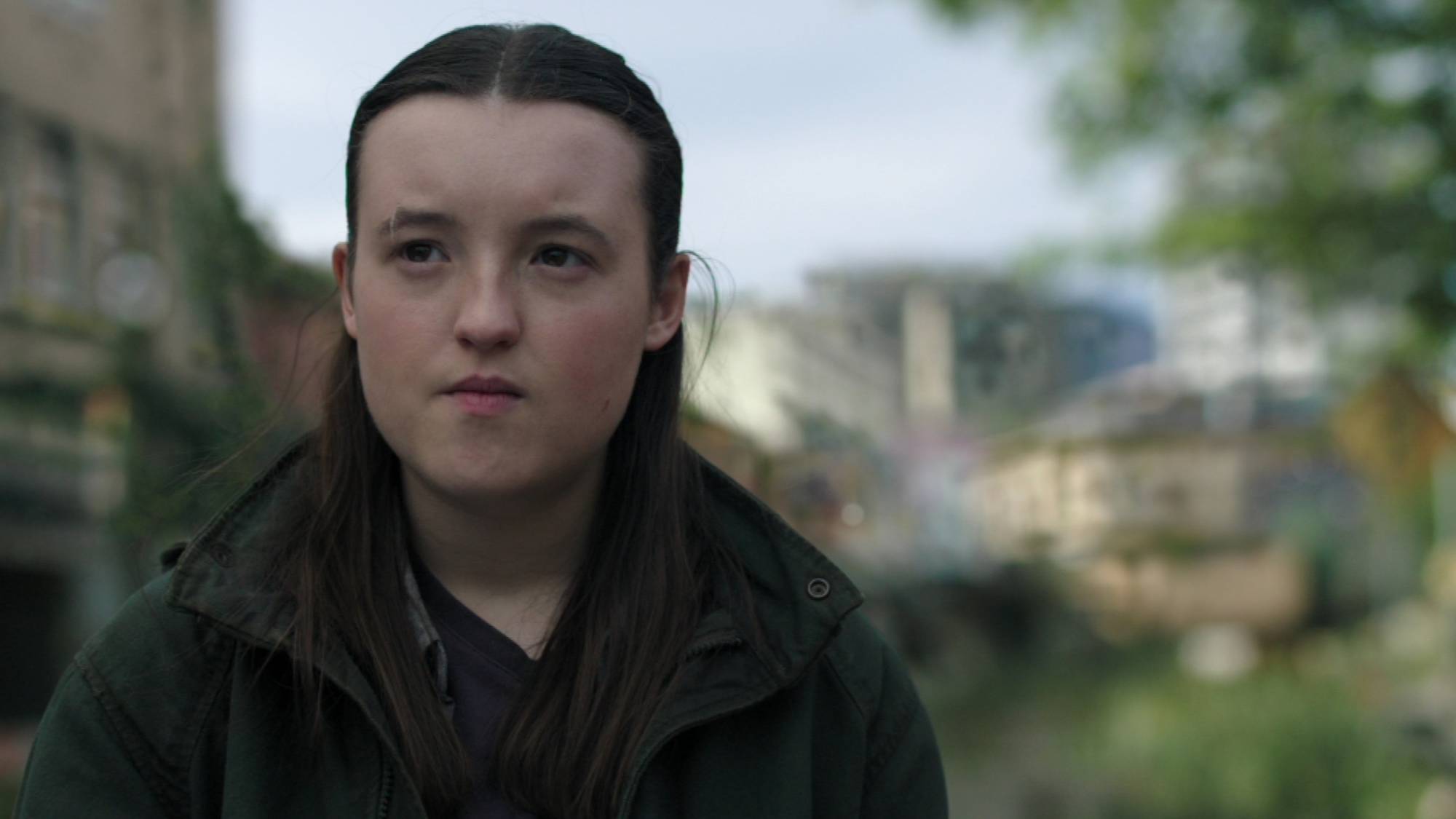
I’m not going to write off HBO’s “The Last of Us” just because its second season has had a rocky start, and even with all my issues, there’s still an awful lot to like about the show including it’s phenomenal set design and the remarkable cast bringing characters I love to life. Special shout-out to Isabela Merced, who completely carried episode 4 on her back.
Right now, I’m pretty worried about where “The Last of Us” will go next, but even if it continues down a path that I don’t personally care for, I can always comfort myself with yet another playthrough of The Last of Us Part 2. It’s not going anywhere after all.
More from Tom's Guide
Sign up to get the BEST of Tom's Guide direct to your inbox.
Get instant access to breaking news, the hottest reviews, great deals and helpful tips.

Rory is a Senior Entertainment Editor at Tom’s Guide based in the UK. He covers a wide range of topics but with a particular focus on gaming and streaming. When he’s not reviewing the latest games, searching for hidden gems on Netflix, or writing hot takes on new gaming hardware, TV shows and movies, he can be found attending music festivals and getting far too emotionally invested in his favorite football team.
You must confirm your public display name before commenting
Please logout and then login again, you will then be prompted to enter your display name.
